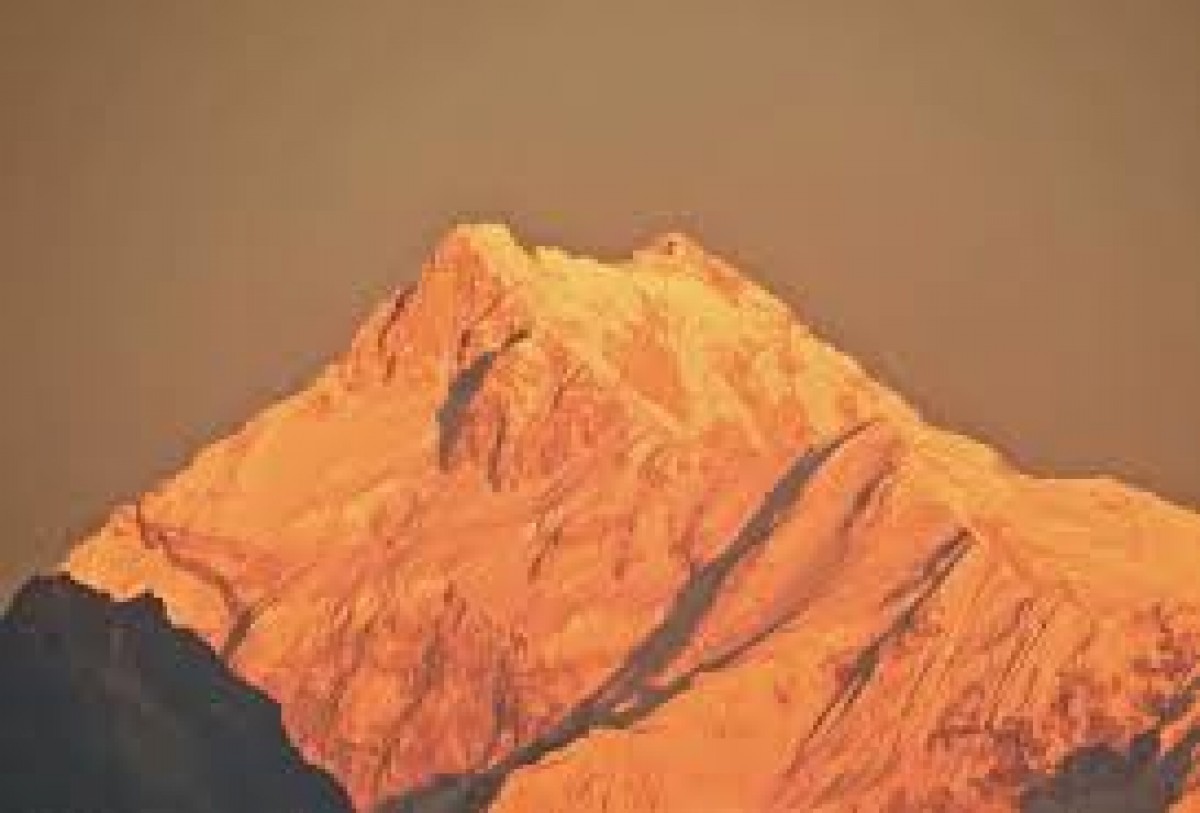Description:
Mount Kanchenjunga is the third tallest mountain of the world and is comprised of the other Himalayas. In Tibetan terms, Kanchenjunga means “Five treasures of the snow”, representing the five separate peaks, Kanchenjunga Main (8586m), Kanchenjunga West (Yalungkung) 8505m, Kanchenjunga Central 8482m, Kanchenjunga South 8494m and Kangbachen 7903m. They represent the five repositories of God: Gold, Silver, Gems, Grains and Holy books. The Main, Central and South peaks are on the border of North Sikkim of India and Taplejung District of Nepal, while the other two are completely in the Taplejung District of Nepal.
Four routes have been identified to reach the Summit of Kanchenjunga, out of which three initiates in Nepal but the Northeastern route from Sikkim has been banned by the Indian Government since 2000. The route from Sikkim had been used only three times before it was banned. South and North base camp of Nepal are popular for climbing the mountain. Expeditions were conducted by the Japanese expedition team in 1973, 1974 and 1976 during which they climbed Yalung Kang. Yalung Kang was climbed by the German Expedition team in the year 1975. Similarly, the Yalung Kang peak was successfully climbed by an Indian army team in 1977.
The mountain is considered to be one of the toughest and risky mountains to climb because of the massive snowfall and frequent avalanches. Many of the Climbers lost their lives in avalanches even after the successful summit. In May 2013, five climbers including Hungarian Zsolt Erőss and Péter Kiss reached the summit but disappeared during the descent and in May 2014, Chhanda Gayen the first Indian woman to the summit could not make her way to home due to an avalanche.
Sikkimese people believe it to be sacred and hence none of the expedition has been made from the Sikkimese side. It is also believed that Kanchenjunga is the home to a mountain deity, called Dzo-Nga or Kanchenjunga Demon and that it would be a sin to step on the top of the mountain. A bipedal creature was spotted in 1925 by the British Geological Expedition team which was referred to as Kanchenjunga Demon or Yeti by the locals. Following this, in 1955 the first climbers Joe Brown and George Band of a British expedition team stopped short of the summit and the tradition has been followed since then.
Kanchenjunga region has been established as the conservation area by the World Wildlife Fund in association with the Government of Nepal to protect many endangered species like Red Panda and other floras and faunas.
Its remote location in Nepal and inaccessibility from India has not allowed for much of its exploration and the beauty has been preserved. Trekking to Kanchenjunga has recently been permitted in the Sikkim area through the Goecha La Trek Route which is getting much popular. It leads to the Goecha La Pass, residing just in front of the huge southeast face of the Kanchenjunga Mountain. Another trek, the Green Lake Basin trek has been initiated that leads to the Northeast Side of the mountain along the Zemu Glacier.
Kanchenjunga because of its beauty has been featured in films as well. The film Singali La in the Himalaya depicts the areas around Kanchenjunga Mountain.

